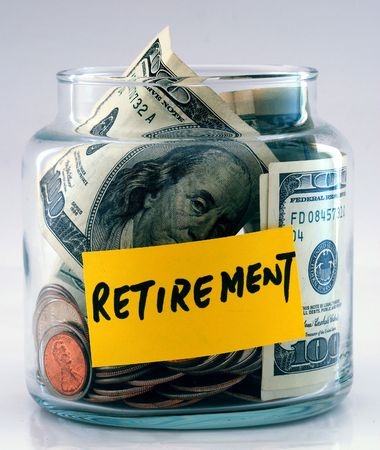Retirement Accounts
Of all the steps a young person should take towards financial health, the most important is to take advantage of retirement accounts.
Why? The difference in starting to save for retirement at age 19 and 28 is astonishing.
How big is the difference?
Retirement accounts such as 401(k)s and Roth IRAs are among the smartest ways to invest your money because they combine two of the most powerful principals of investing:
- Compounding interest
- Tax-deferred growth
Compounding Interest
Compounding is a cumulative “snowball” effect of interest accumulating over time, both on your original investment as well as the interest earned. Money compounding at a steady rate of return grows not at a constant, but at an accelerated rate. So the longer your money can compound, the more you will enjoy the benefits.
Without compounding, $1,000 invested at 10% for 20 years would grow to $3,000. This may sound fine, but if the same investment compounds at 10% interest over 20 years, it would grow to $6,730–almost 7 times the original investment.
Tax-Deferred Growth
With non-retirement investments, you have to pay capital gains tax when you sell investments for more than their purchase price. You also pay tax on any dividends received. In tax-deferred retirement accounts, your money is allowed to grow tax-free, so you only have to pay taxes when you withdraw funds from your account (depending upon your level of income). Since taxes don’t take a bite while your money grows, the acceleration of compounding is maximized.
Employer-sponsored 401(k) plans (if you work for a governmental or non-profit organization, you have a 403(b) plan) are even better retirement accounts because employers usually match the contribution you make to your account (up to a certain amount).

